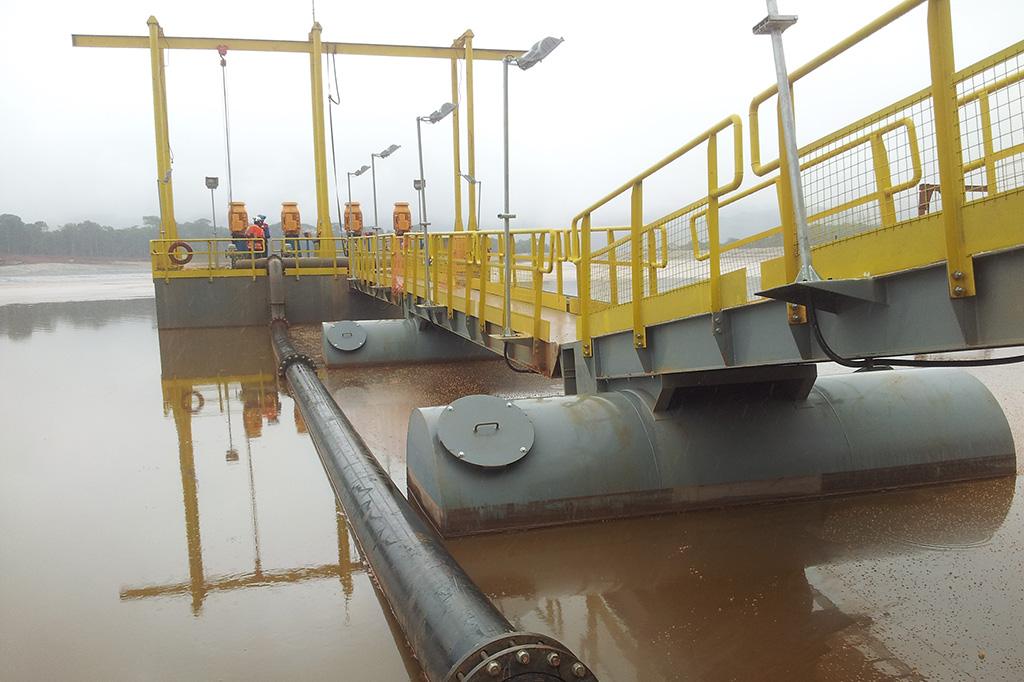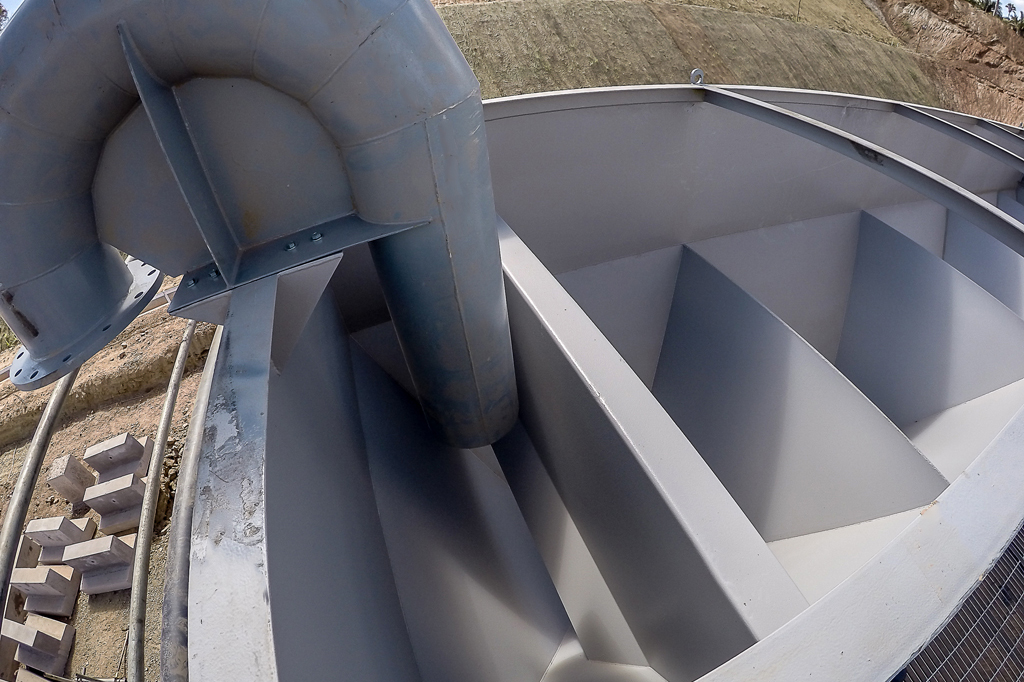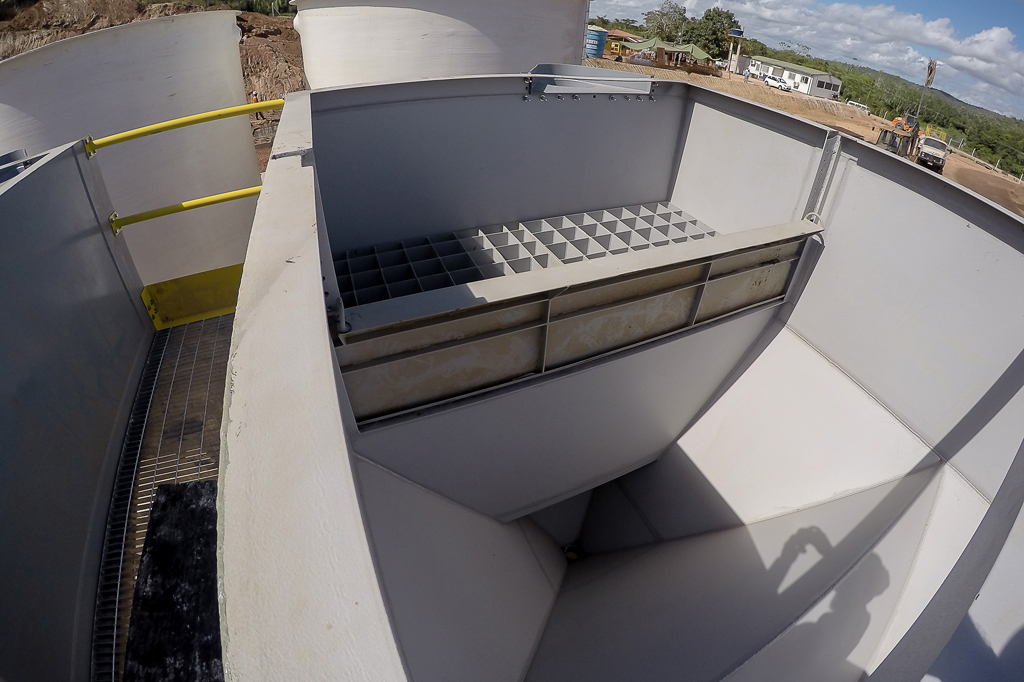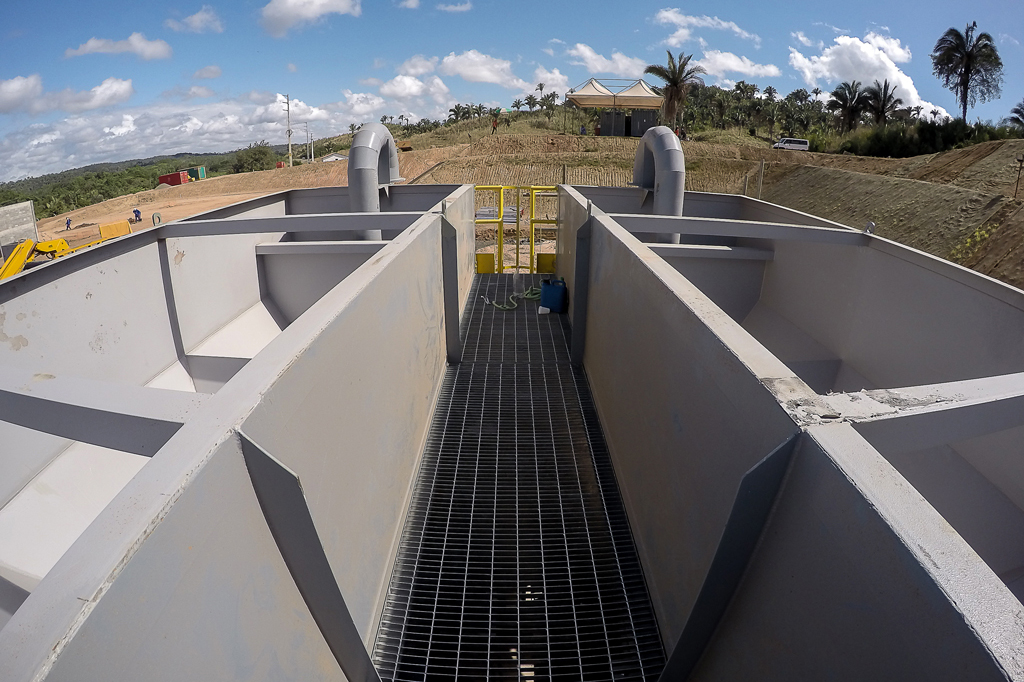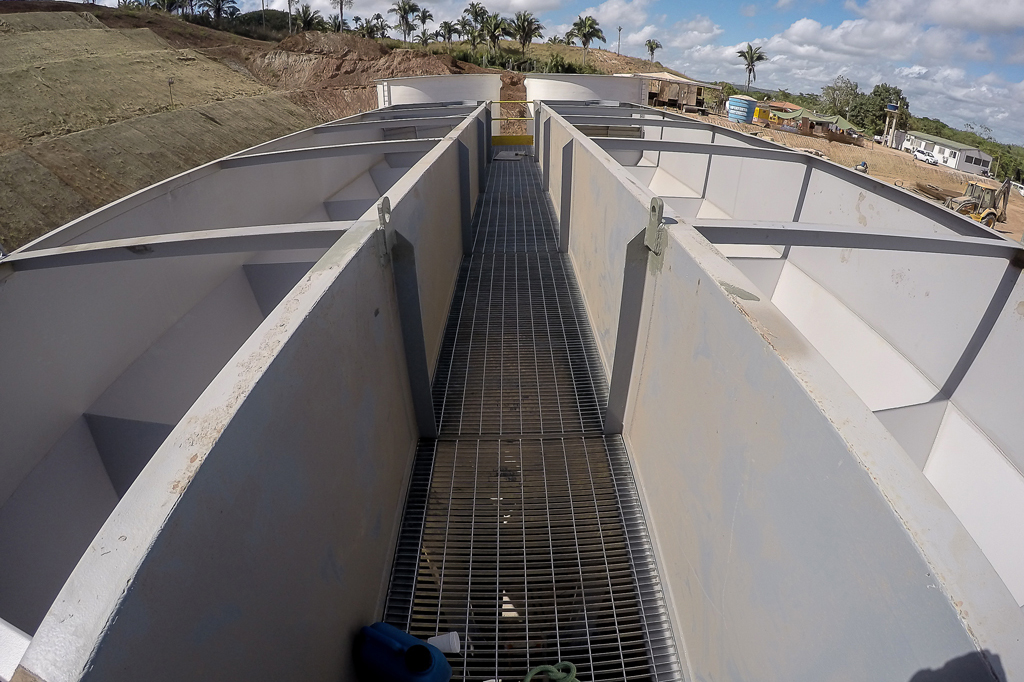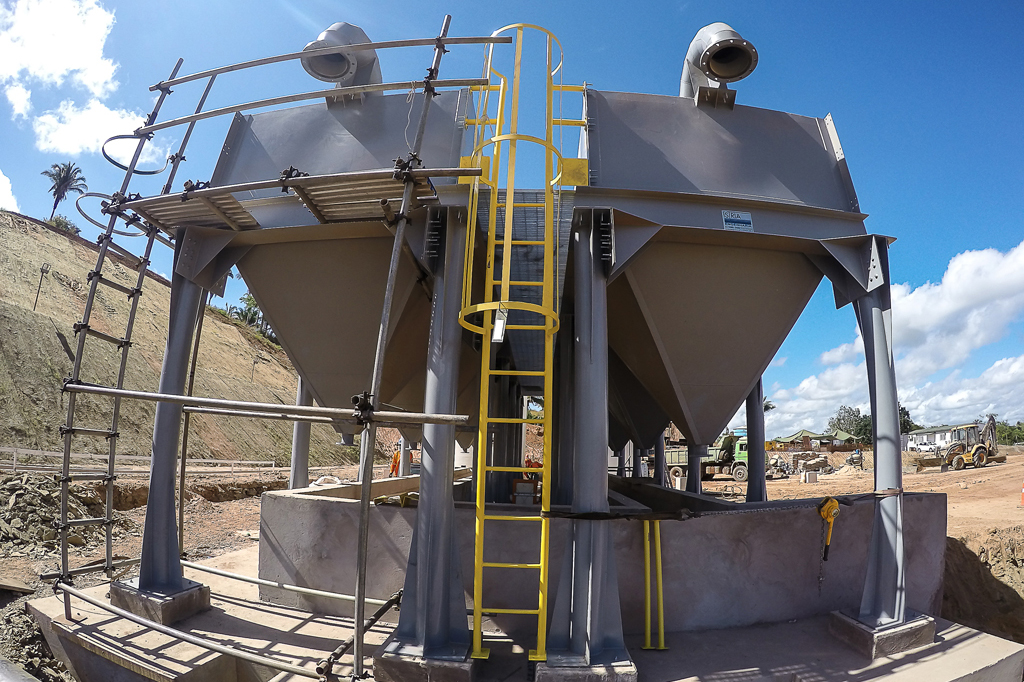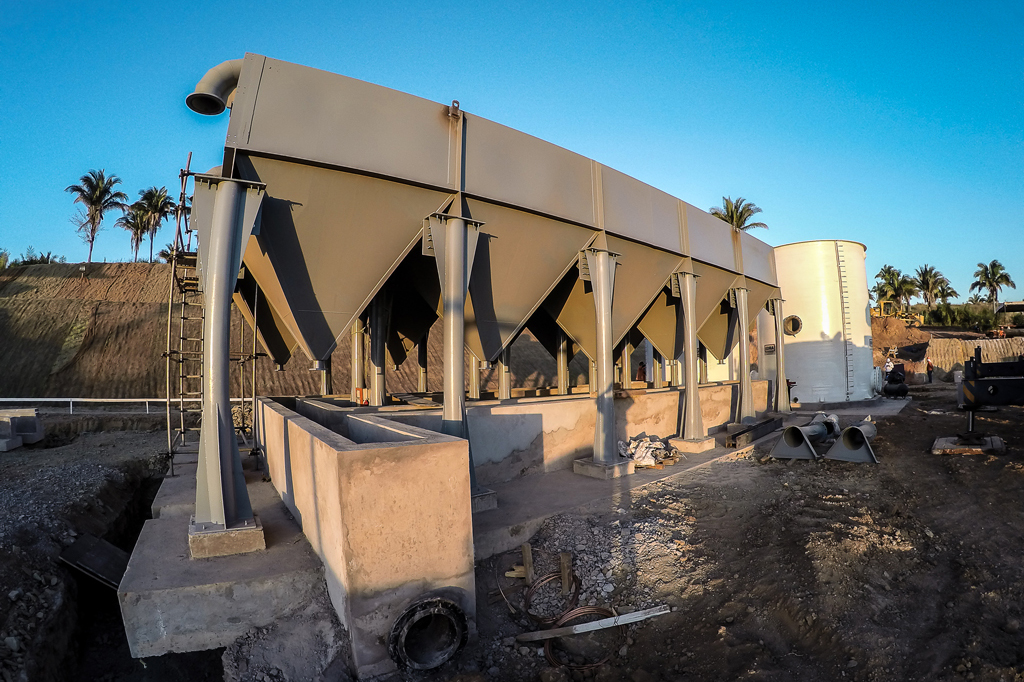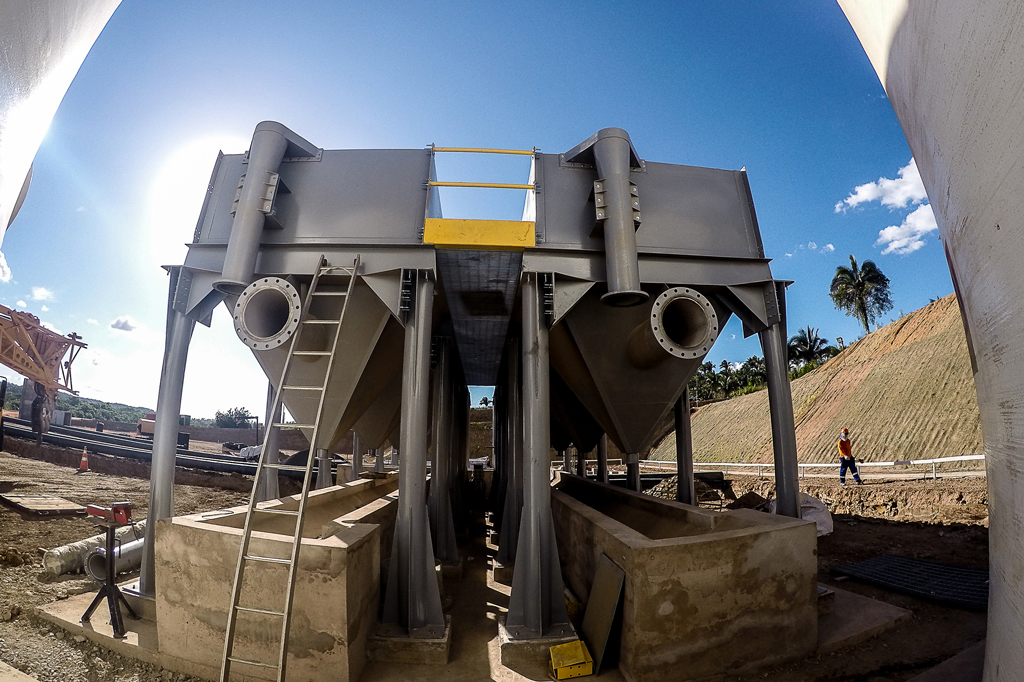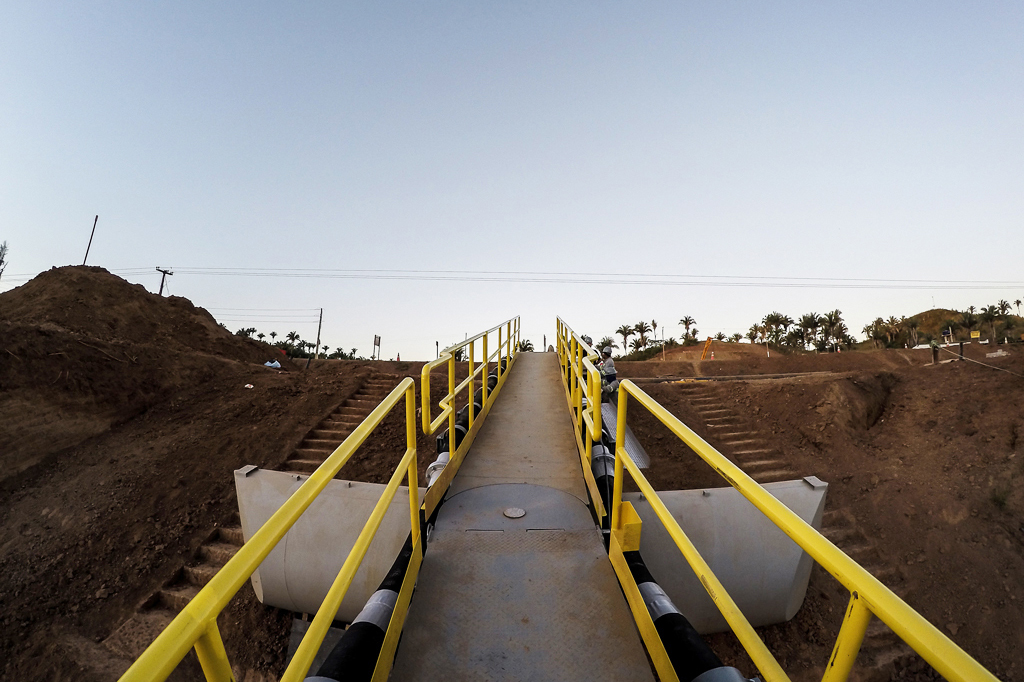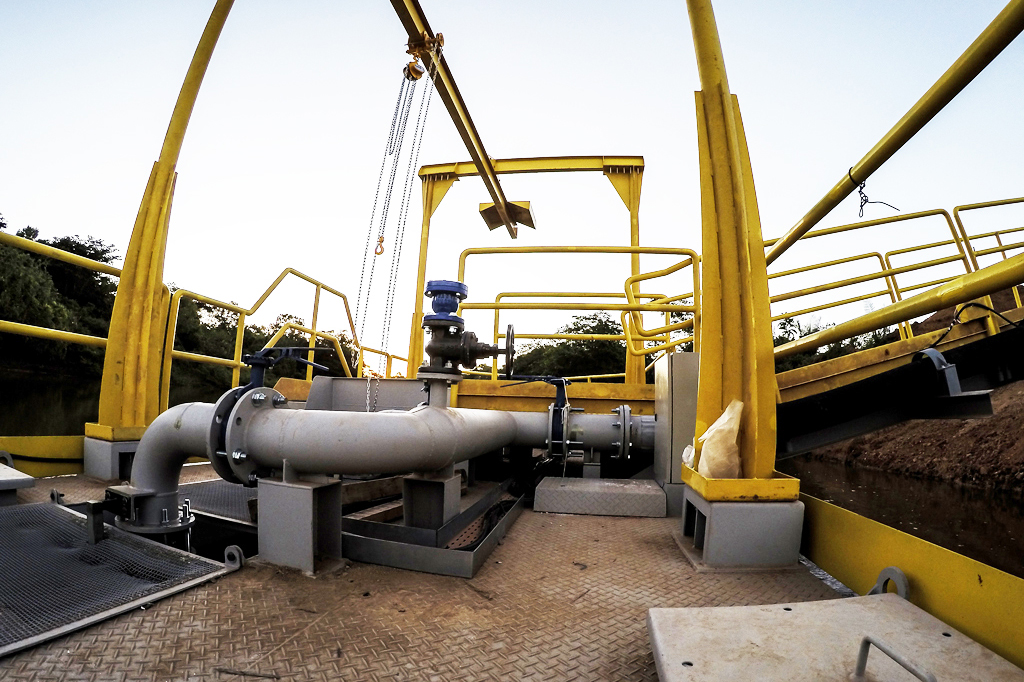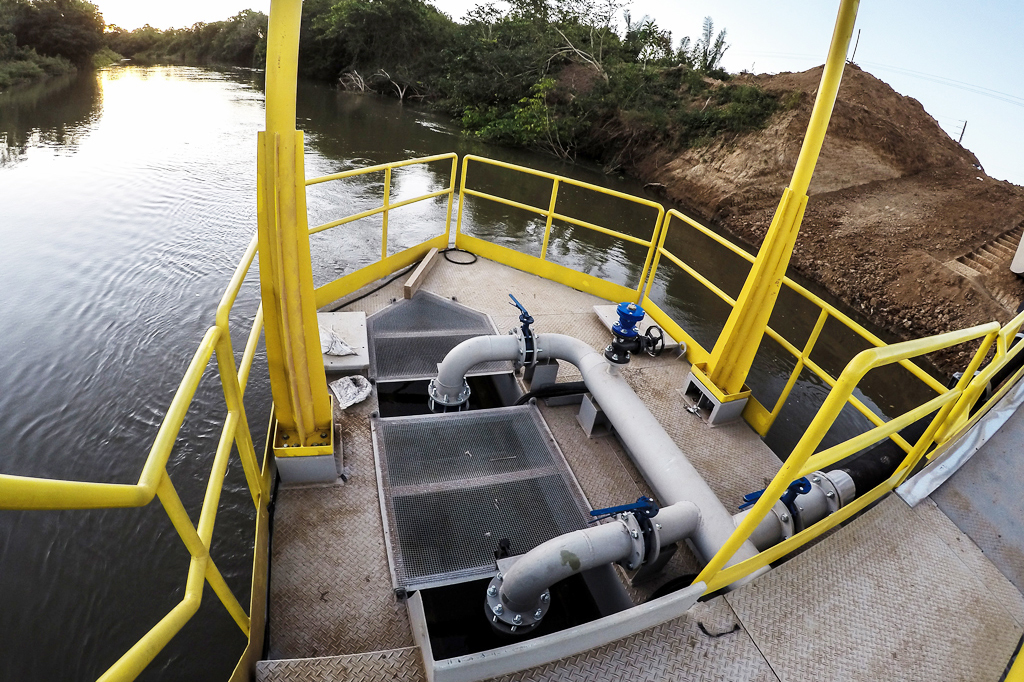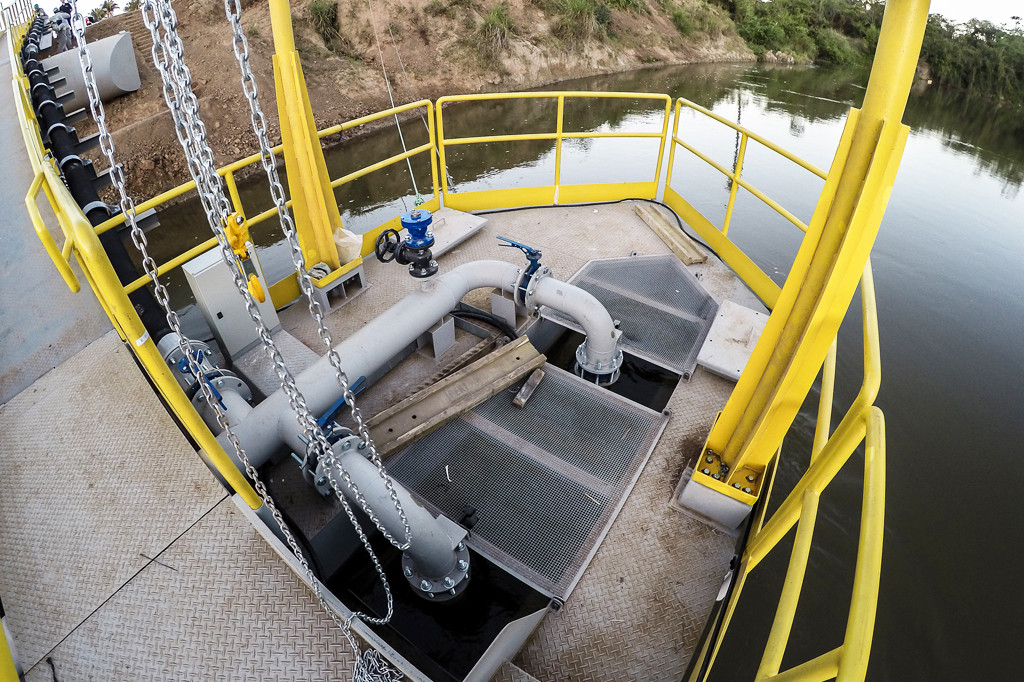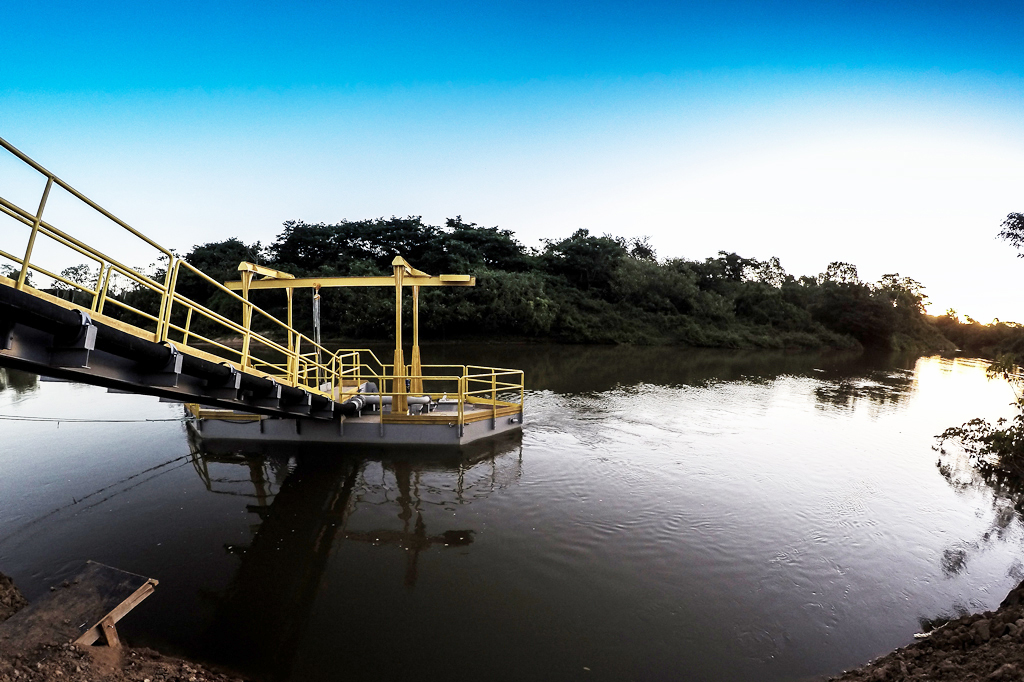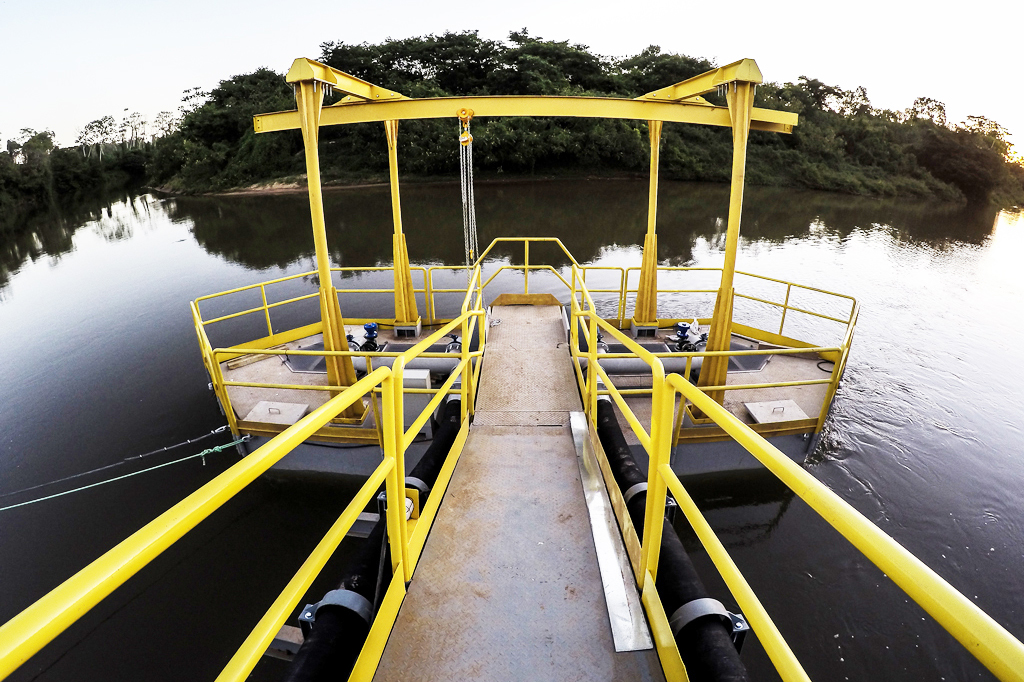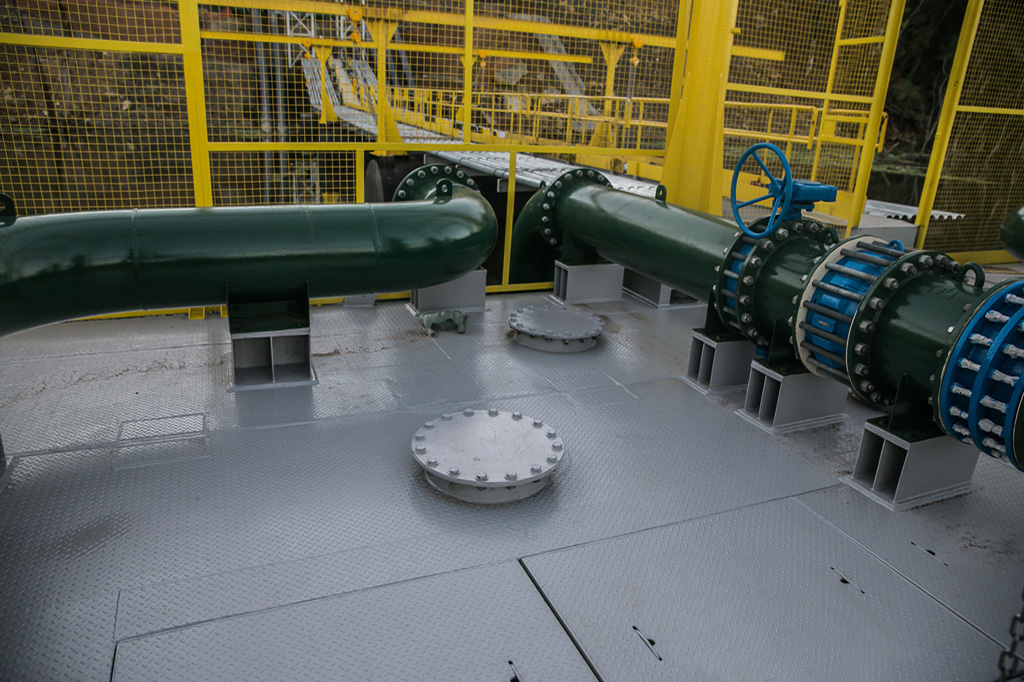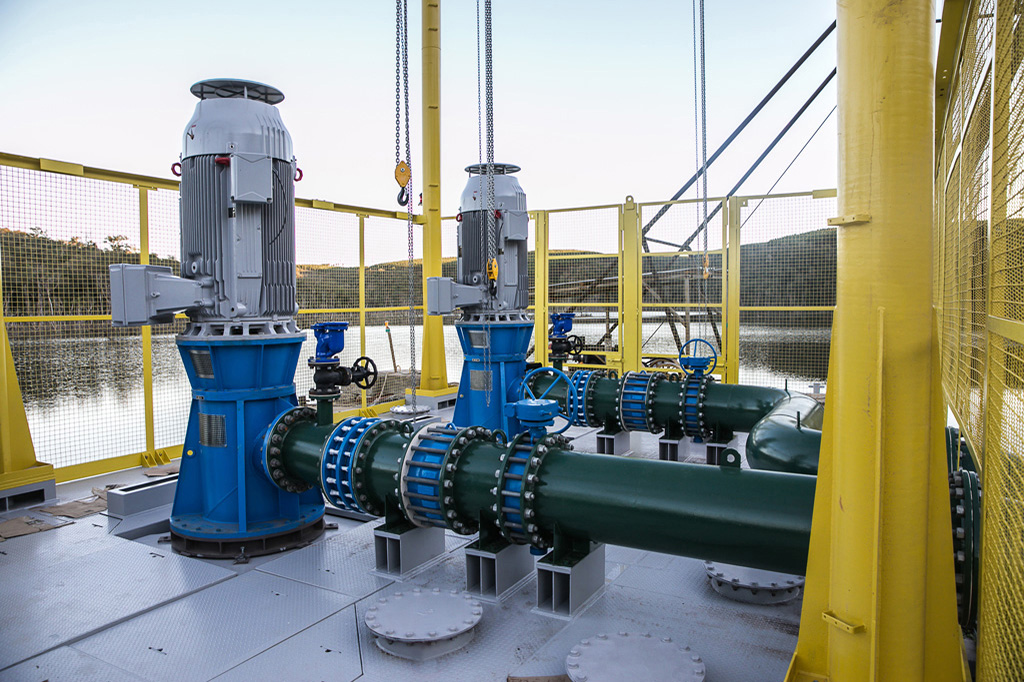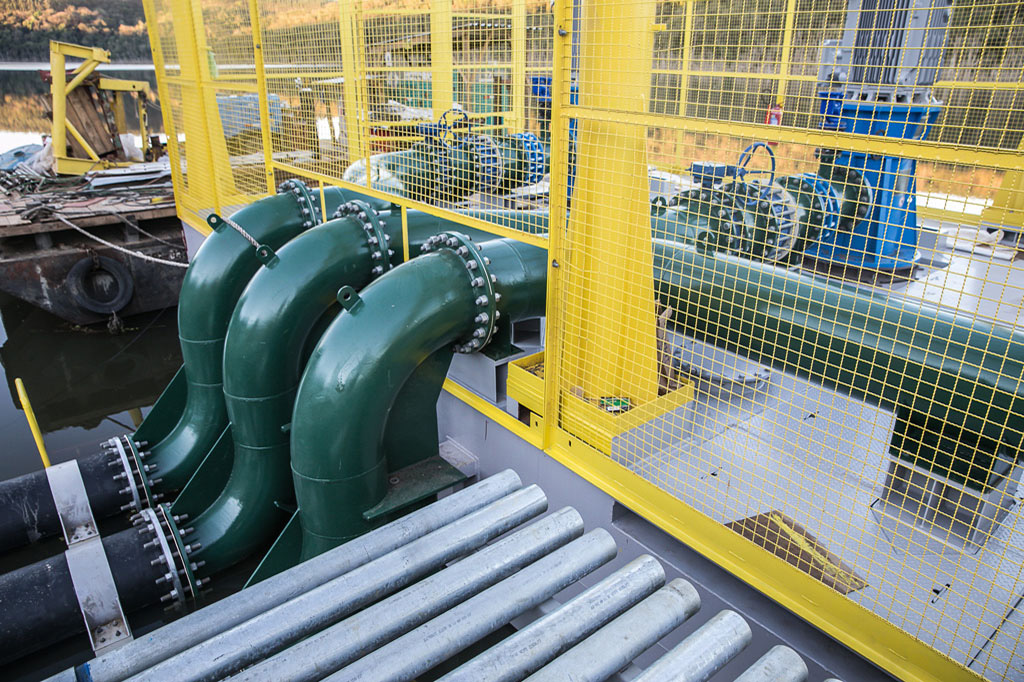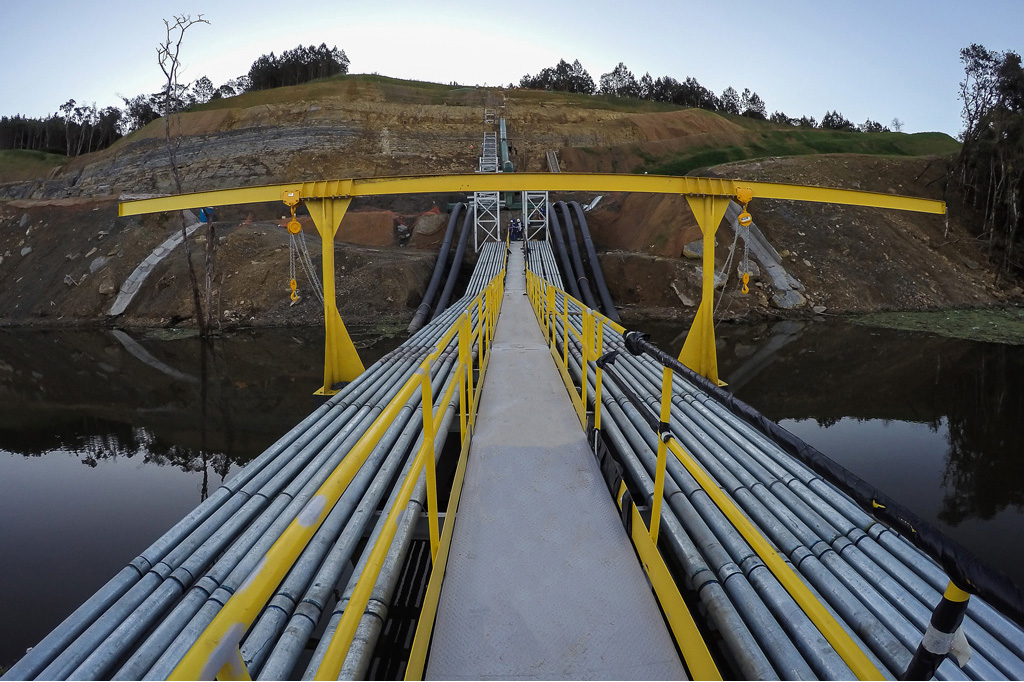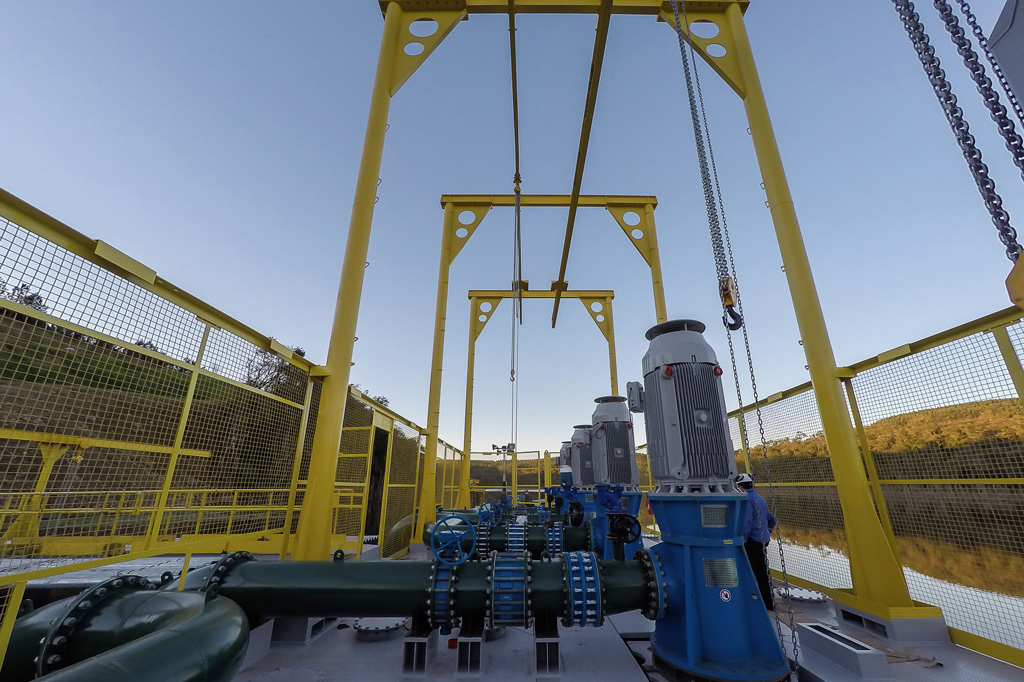Average Total Cost Formula Step by Step Calculation
Content

For the ultimate production planning and budgeting purposes, understanding the total cost structure of your business is quite important. Coming up with the total-cost formula is quite simple, as long as you can identify your variable and fixed costs accurately and can thoroughly name the number of goods you have produced. Average Variable cost tabular model is an expression of the relationship between total variable cost and total units produced or manufactured of a particular product using a table. Expenses are the costs a business incurs from its core operations, while revenue is the money it earns from selling products and services before paying expenses.
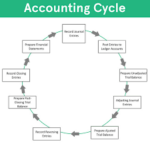
The cost of revenue is the total cost of manufacturing and delivering a product or service and is found in a company’s income statement. Businesses in the restaurant industry need to strike a balance between profitability and the need to create unique, mouth-watering meals with high-quality ingredients. In this industry, the various food and beverage items that a restaurant uses to build its menu are its raw materials. Ideally, the menu price is affordable to customers and has a manageable food cost. When done correctly, sales will cover your ongoing restaurant expenses and leave some leftover money in the bank. Knowing the average fixed cost is vital because if it is not reflected in the price of the commodity of the company, that company will not make any profits.
Why is food cost percentage important?
Utility costs include any expenses incurred by using utilities like electricity, water, sewage, or heating. Utility costs can vary on usage, making them one of the most common and easily identifiable variable costs out there. The determination of direct labor as a variable cost can depend on the type of industry you work in.
This means if you are using one pound of material for each unit, the direct cost is variable. Here’s how to use this formula in action when determining your organization’s total variable cost. Below, we discuss what variable costs are, why they’re important, and how you can calculate them. You can use your total cost to determine whether or not you are making money.
Products
There are many techniques for making your business more profitable. For example, there are some handy formulas every business owner should know to figure out monthly revenue and expenses. Therefore, you can break down variable costs as cost incurred on a unit basis. For example, suppose you were thinking about adding a new product to your product line but needed to make sure it made sense financially. In that case, you need to have a decent idea of not only your fixed cost for the business, but what the variable cost for a new product might look like. There are few cases in which direct labor actually varies directly with production volume.
What is total total cost?
The total cost is the sum of fixed costs and variable costs. For example, if a firm has a fixed cost of $30 per unit and a variable cost of $5 per unit as they increase their output, the total cost will be $35.
This could, for example, include the rent for your company property or your staff salaries. You started a small coffee shop that specializes in gourmet roasted coffee beans. Your fixed costs are around $1,800 per month, what is the formula for total cost which includes your building lease, utility bills, and coffee roaster loan payment. While you could include downtime along with the cost of maintenance, it is often so large that it warrants its own category.
The Average Fixed Cost and the Spreading Effect
This is the reason why we have a falling average fixed cost curve. The average variable cost equals the total variable cost per unit of produced quantity. This is the reason why we have a falling average fixed cost curve in Figure 1 above. Total cost means the sum of all costs, including fixed and variable costs. Therefore, average Cost is also often called the total cost per unit or the average total cost. They rent a factory for GPB 150,000 per month and pay a total of GPB 350,000 in staff salaries per month.
What is the formula of total cost of product?
Total Cost of Production = Total Fixed Cost + Total Variable Cost. Now, the quantity of units that has been produced has to be determined.
Total Asset Turnover: What Does it Say About Your Company?
Content
- 4 Using Return on Investment (ROI) to Evaluate Performance
- Fixed Asset Turnover Calculation
- How Does Return on Equity Relate to Return on Sales and Return on Assets?
- What Financial Management Problem Could a Quick Ratio Identify?
- Return on Investment Ratio Analysis
- Where To Find & Compare Asset Turnover Ratios

The asset turnover ratio is an efficiency ratio that measures a company’s ability to generate sales from its assets by comparing net sales with average total assets. In other words, this ratio shows how efficiently a company can use its assets to generate sales. The company’s assets are listed in the order of their liquidity or the ease with which they can be converted to cash. The first three assets on the balance sheet are a company’s current assets since the assumption is that they will be liquidated within one year. The only other number you need to calculate the asset turnover ratios is Sales and it can be taken from the income statement. Asset turnover measures how quickly a company’s assets pay for itself in terms of the money they bring in as a proportion of the whole.
What is total asset turnover used to evaluate multiple choice?
Answer and Explanation: The total asset turnover is used to evaluate the efficiency of management's use of assets to generate sales.
The asset turnover ratio is an important measure of a company’s performance because it indicates how well the company is using its assets to generate sales. Asset turnover is important because it measures a company’s ability to generate sales from its assets. A high asset turnover ratio means that a company is using its assets efficiently to generate sales. This is important because it means that the company is generating more sales from its assets than its competitors, and is therefore more efficient.
4 Using Return on Investment (ROI) to Evaluate Performance
Hence, investors should review the trend in the asset turnover ratio over time to evaluate whether the company’s use of assets is improving or deteriorating. We have discussed how you would be able to calculate the asset turnover ratio and would also be able to compare among multiple ratios in the same industry. For example, let’s say the company belongs to a retail industry where its total assets are kept low. Many companies choose to use Porte Brown, top accounting firm in Chicago, as their asset turnover company and for good reason. When you choose us, you will grasp the efficiency of your business without having to sacrifice your time.

Typically, the asset turnover ratio is calculated on an annual basis. The higher the asset turnover ratio, the better the company is performing, since higher ratios imply that the company is generating more revenue per dollar of assets. The higher the asset turnover ratio, the more efficient a company is at generating revenue from its assets. Conversely, if a company has a low asset turnover ratio, it indicates it is not efficiently using its assets to generate sales.
Fixed Asset Turnover Calculation
For instance, it should be noted that historical data isn’t necessarily the best guide when it comes to making predictions. Furthermore, some businesses have few assets, and others have many. Because of this, it is understandable if these ratios appear overused. There is a wide range of asset turnover ratio benchmarks across different industries.
As earlier said, the asset turnover ratio varies so much between companies in different industries or sectors. Hence, there’s no universally defined figure that is considered a ‘good’ asset turnover ratio. There are more refined versions of this ratio that will allow you to measure a company’s sales against only its fixed assets, or the amount of its working capital. The computation of total assets turnover does not exclude those assets that are not employed in the production process and in the period within which the turnover was generated. This therefore means the ratio could be providing an inaccurate result since the idle the idle assets were in exhaustively used.
How Does Return on Equity Relate to Return on Sales and Return on Assets?
Generally speaking, a higher ratio is a more desirable outcome for most businesses. Cam Merritt is a writer and editor specializing in business, personal finance and home design. Hearst Newspapers participates in various affiliate marketing programs, which means we may get paid commissions on editorially chosen products purchased through our links to retailer sites. First, as we have been given Gross Sales, we need to calculate the Net Sales for both companies. Gain in-demand industry knowledge and hands-on practice that will help you stand out from the competition and become a world-class financial analyst.
- The average amount of assets listed on a company’s balance sheet at the end of the current year and the year prior is what is meant by the term “average total assets.”
- This ratio can be used as an indicator of a company’s efficiency in using its assets to generate revenue.
- Consider a company, Company A, with a gross revenue of $20 billion at the end of its fiscal year.
- Using average assets gives a better estimate of how effective they are at producing revenue.
- The fixed assets turnover ratio evaluates how well a company uses its investment in plant and equipment to generate sales.
- Investors should review the trend in the asset turnover ratio over time to determine whether asset usage is improving or deteriorating.
- Therefore, the asset turnover ratio calculation is done by dividing a company’s net sales by its average total assets.
On the other side, selling assets to prepare for declining growth will result in an artificial inflation of the ratio. Artificial deflation can be caused by a company buying large amounts of assets, such as new technologies, in anticipation of growth. Calculate and interpret return on investment to evaluate performance.
What Financial Management Problem Could a Quick Ratio Identify?
This ratio helps to make reasonable comparisons with companies of similar sectors and measure productivity. Comparison with retail or unrelated sectors will lead to wrong results. The ratio value is higher in retail businesses as they have a lower asset base and a larger total asset turnover is used to evaluate sales record. Having that they have fewer assets, there is less maintenance to worry about and less labor to employ. After adding the beginning value to the ending value, divide the sum by two to reveal the average asset value, or total assets, for the year.
- Is used to show the amount of cost expiration of intangibles is used to show the amount of cost expiration of natural resources is the same as depreciation expense is a contra asset account.
- The higher the asset turnover ratio, the more efficient a company is at generating revenue from its assets.
- Older plant assets can signal needed asset replacement; they may also signal less efficient assets.
- However, this affects the company in the sense that it then has fewer resources to generate sales in the future.
- There are more refined versions of this ratio that will allow you to measure a company’s sales against only its fixed assets, or the amount of its working capital.
Also, changing depreciation methods for fixed assets can have a similar effect on the asset turnover ratio because it will change the accounting value of the firm’s assets. Sometimes investors also want to see how companies use more specific assets like fixed assets and current assets. The fixed asset turnover ratio and the working capital ratio are turnover ratios similar to the asset turnover ratio that are often used to calculate the efficiency of theseassetclasses. The asset turnover ratio is a financial metric that measures the efficiency of a company’s use of its assets in generating revenue. It is calculated by dividing a company’s net sales by its total assets.
Difference Between Perpetual and Periodic Inventory System with Comparison Chart
Content
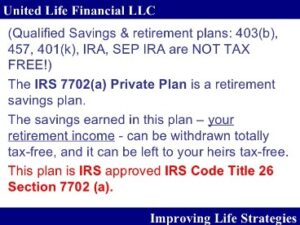
Last, Case-3 – Similarly, when there is unit cost of inventory is sometimes increases or decreases (e.g. Rs. 2, 7, 4, 6, 9) in that case either LIFO or FIFO method provides less tax to the company. Accordingly, the inventory account and cost of goods sold numbers are current only once per period – in the time directly after stocktake. Because manufacturing companies often carry inventory items in the thousands, stocktake could be very time-consuming. That is why a physical count is usually performed once a month, once per quarter, or even less frequently. Here are some common questions that business owners have about periodic inventory systems with answers to give you some guidance.
Instead, these amounts are determined only periodically – usually at the end of each year. This physical count determines the amount of inventory appearing in the balance sheet. The cost of goods sold for the entire year then is determined by a short computation. In a periodic inventory system, no continuous record of changes is kept.
Purchase Order Automation
The yearly inventory purchases are recorded in the purchases account, which is a ledger listing all inventory purchases and their costs. Any business can use a periodic system since there’s no need for additional equipment or coding to operate it, and therefore it costs less to implement and maintain. Further, you can train staff to provide simple inventory counts when https://quick-bookkeeping.net/small-business-tax-credit-programs/ time is limited or you have high staff turnover. They can quickly count the goods they are working with, whereas a perpetual system, which provides a more accurate inventory, requires training staff on electronic scanners and data entry. Learn more about a perpetual system and how it gives a more precise inventory solution by reading our “Guide to Perpetual Inventory”.
What is meant by periodic system of inventory?
Periodic Inventory Explained
With a periodic inventory system, a company physically counts inventory at the end of each period to determine what's on hand and the cost of goods sold. Many companies choose monthly, quarterly, or annual periods depending on their product and accounting needs.
While it’s not a necessity for all businesses, perpetual inventory accounting system is generally preferred for any larger retailer selling products. There are various shortcomings of this system as the amount of the cost of goods sold may include the goods lost or theft during the year. However, with the help of sales revenue, an estimation could be made regarding the lost inventory but this figure is not accurate.
Periodic Inventory System Overview
To ensure accuracy, physical verification of stock takes place at regular intervals, and they are compared with the recorded figures. If there is any shortage due to loss or theft, then it can be easily located, and corrective actions can also be taken immediately. Inventory management system should be by the store’s department selected, keeping in mind, the planning and control of stock. Many people utter confusion in understanding the two methods, so Periodic Inventory System Definition here in this article, we provide you all the important differences between the Perpetual and Periodic Inventory system, in tabular form. Case- 2 – When there is unit cost of inventory is continuous decreases (e.g. Rs. 8, 6, 5, 3) in that case the FIFO method provides less tax to the company. Case-1 – When there is unit cost of inventory is continuous increases (e.g. Rs. 2, 5, 6, 8, & so on) in that case LIFO method provides less tax to the company.
For businesses in which transactions such as purchasing, selling, and moving inventory happen every second, perpetual inventory systems are invaluable in helping to keep track of what is going on at all times. By relying on digital technologies, perpetual inventory systems reduce the need to physically count a company’s inventory. Accounts of inventory stock are maintained throughout the accounting period under this system.
Calculation Of Cost Of Sales aka COGS Cost of Goods Sold
You have too little information –Since the inventory is only counted physically, that also after a while, there is limited and lapsed information you are gathering. As mentioned on their site, they are manufacturers and distributors of FMCG products, based in Kigali, Rwanda. Fifo method should be used when the company is trying to show its immense potential of earning huge profits. For instance, let’s assume you have a business of t-shirts and jackets. One day you get an order for a woolen coat that has been very rarely asked, and it’s a summer season.
- It ultimately boils down to whether a specific method will streamline operations or you prefer a hybrid approach.
- Doing a physical count of the ending inventory allows retailers to find their cost of goods sold during that period.
- Businesses with periodic inventory in place may not realize a product is running low until a customer asks why it isn’t on the shelf.
Cost of goods sold is defined as the direct costs attributable to the production of the goods sold in a company. The perpetual system is tech-based and data can be backed up, organized, and manipulated to generate informative reports. On the other hand, the periodic system is manual and more prone to human error, and data can be misplaced or lost. This means that if there are any defective items, the source of the problem can quickly be identified.
Wave Measurement CDIP 1 3 documentation
Content
Unfortunately, the incredible power of these waves guarantees that tsunami will continue to extract a high toll from those who live and play along the shore. Some attempts have been made to harness the relentless power of waves and turn it into electricity. Generator designs vary, but all rely on the up and down Parts And Sizes Of Waves motion of waves to spin turbines and produce electricity. The idea of wave power is appealingwaves are free and non-polluting. Although the technology is still under development, it holds great promise and scientists estimate wave power could supply two times the electricity the world currently consumes.
But in this case, the three-dimensional nature of the ocean plays into the direction of the water’s overall movement. Wind blowing over water will move the ocean water underneath it in an average direction perpendicular to the direction the wind is traveling. On Earth, movement in a straight line over long distances is harder than it may seem. That’s because Earth is constantly rotating, meaning every object on its surface is moving at the speed at which the Earth is spinning on its axis. From our perspective, stationary objects are just that, unmoving.
Parts of Waves!
Soil and rock are also eroded from cliffs and shorelines by waves. That material is transported by waves and deposited in quieter water areas. As the waves come onto shore and break, water and particles move along the shore. When lots of sand accumulates in one place, it forms a beach. Beaches can be made of mineral grains, like quartz, but beaches can also be made of pieces of shell or coral or even bits of broken hardened lava (Figure 10.19).
- Because their length is so great, successive waves take several minutes to almost 2 hours to arrive.
- If waves erode a cliff from two sides, the erosion produced can form an open area in the cliff called anarch(Figure 10.17).
- Unseen by the human eye, thousands of microscopic animals hitch rides across oceans on an oceanic highway.
- Tides are actually waves, the biggest waves on the planet, and they cause the sea to rise and fall along the shore around the world.
If needed, remind students of the meanings of trough and crest. Model drawing a vertical line from trough to crest and adding the label “wave height.” Then have students do the same on their drawings. The shortcomings of PUV instruments prompted https://www.wave-accounting.net/ the development of a new technique for measuring waves in the early 1990s. This involves employing current profilers to measure orbital velocities closer to the surface where the orbital velocities are less attenuated by depth.
Wave Energy and Wave Changes with Depth
Following the pull of gravity, ocean water moves from the built-up areas of high pressure down to the valleys of low pressure. The sun tugs on the oceans too, but since it’s so far away, it has less influence than the moon. You can see the influence when the moon and sun and earth are all lined up. With both the sun and moon pulling the same direction, we get extra high high tides and extra low low tides .
QUEST talks with surfers and scientists who are getting to the bottom of it and the big wave surfers willing to take their lives in their hands for the ultimate thrill ride. Wave refraction focuses the power of waves into protruding rocks and headlands, wearing them back quickly. Then the sediments made by wave action are rolled onto beaches and across bays. With time, waves turn jagged coastlines into smooth stretches of sand.
Tour of the Electromagnetic Spectrum
This orbital motion occurs because water waves contain components of both longitudinal and transverse waves, leading to circular motion. As a wave passes, water moves forwards and up over the wave crests, then down and backwards into the troughs, so there is little horizontal movement. This is evident if you have ever watched an object such as a seabird floating at the surface. The bird bobs up and down as the wave pass underneath it; it does not get carried horizontally by a single wave crest. The faster the wind, the longer it blows, or the farther it can blow uninterrupted, the bigger the waves. Therefore, a wave’s size depends on wind speed, wind duration, and the area over which the wind is blowing .
- In the Northern Hemisphere, surface water curves to the right and in the Southern Hemisphere it curves to the left of the direction it is forced to move.
- The Sun also has a part to play in causing the tides, and its location in relation to the Moon alters the strength of the pull on the ocean.
- These ripples move in the same general direction as the wind.
Wind waves in the ocean are also called ocean surface waves and are mainly gravity waves, where gravity is the main equilibrium force. Ocean waves are caused by wind blowing over the waters surface. They can travel thousands of miles and range in size from tiny wavelets to over 100 feet tall. Waves caused directly by the local wind are called wind waves.
2 Time-series analysis for wave measurement
This means that electromagnetic waves can travel not only through air and solid materials, but also through the vacuum of space. Long-shore currents can sweep swimmers and surfers into rip currents, piers, jetties, and other hazardous areas. In many cases, the long-shore current is strong enough to prevent swimmers from being able to keep their feet on the bottom, making it difficult to return to shore. The AST measurement by itself was limited to improving only non-directional wave estimates. This meant that the array method was still used for all directional estimates and therefore limited to the depth-dependent array size. General schematic of a Nortek AWAC showing orientation of velocity beams used in the Array method.
- This is evidence enough that waves do not make the water travel much but are simply the manifestation of kinetic energy transfer through the water.
- The shortcomings of PUV instruments prompted the development of a new technique for measuring waves in the early 1990s.
- Tsunami waves may travel thousands of miles, moving very rapidly on the sea surface.
- Wind duration – the time for which the wind has blown over the water.
- Sea waves are larger-scale, often irregular motions that form under sustained winds.
- Given the variability of wave height, the largest individual waves are likely to be somewhat less than twice the reported significant wave height for a particular day or storm.
- That is good for the many people who enjoy sitting on soft sand when they visit the beach (Figure 10.20).
As long as the water is deep enough for it to complete its downward orbital motion, only the energy of the wave is passed forward, not the water. There are many websites that provide predictions of the surf quality for the upcoming days and weeks. Wind wave models are driven by more general weather models that predict the winds and pressures over the oceans, seas, and lakes.
Profit margin Wikipedia
Content
It’s a key metric for assessing the financial health of a business, as it indicates how well a company can generate profits from its revenue. Typically, the gross profit margin equation is used to determine the profit margin of a single service or product, allowing you to see the amount of revenue you keep on each item. It is not usually used for calculating the profit margin for the business as a whole. You can use gross profit margin to tell you which items are the most and least profitable. Gross profit margin measures the income left over after accounting for COGS. Your gross profit margin excludes overhead expenses, such as utilities or rent.
- Let’s consider an example and use the formulas displayed above.
- The result above or below 100% can be calculated as the percentage of return on investment.
- Instead, they change in relation to the number of products you sell.
- Also referred to as an aftermarket, it allows investors to trade securities freely without interference from those who issue them.
Dividing this result by $500,000 results in a profit margin of of 0.6. Multiplying 0.6 by 100 expresses the gross profit margin as a percentage, which in this instance is 60 percent. This means that for every revenue dollar the business generates 60 cents in profits before payment of other business expenses. Most small businesses start as “flying by the seat of your pants” operations, with little use of data for decision making.
Who Needs to Calculate Profit Margins?
Profit margin is calculated with selling price taken as base times 100. It is the percentage of selling price that is turned into profit, whereas “profit percentage” or “markup” is the percentage of cost price that one gets as profit on top of cost price. While selling something one should know what percentage of profit one will get on a particular investment, so companies calculate profit percentage to find the ratio of profit to cost.
- Instead, what matters most is whether the company is profitable and whether its margins increase or decrease over time.
- For example, a company has revenue of $500,000; cost of goods sold is $200,000, leaving a gross profit of $300,000.
- When looking at your gross margin, benchmarking against averages in your industry gives you a more accurate picture of how you stack up relative to competitors.
- It’s the profit after deducting all the expenses and costs (e.g., taxes, marketing costs, admin expenses, office rental).
The gross profit margin percentage is one of the key aspects that I need help with. Calculate the net profit margin, net profit and profit percentage of sales from the cost and revenue. For gross profit, gross margin percentage and mark up percentage, see the Margin Calculator. One may calculate the profit margin with the selling price, which is taken as base times 100. In addition, the selling price percentage is turned into profit.
The Importance of Understanding Gross Profit Percentage
However, like most small business owners, you probably do much of the work yourself. Aside from being your own boss, you’re also your accountant, marketer, and salesperson. But, calculating profit margin can be tricky for self-starters. Hiring a competent account manager can help you manage matters in your business that may be difficult to do while trying to sell your products or services.
This guide will walk you through the process of calculating profit margins so that you can keep your business on track. Good Calculators is a platform that comes with a large number of online calculator tools, including a profit margin calculator. You are required to enter the cost and selling price per unit along with quantity and discount values. And it calculates the markup profit along with cost and selling unit values. When it comes to determining the profitability of a specific item, a gross profit margin is sufficient. Nonetheless, net profit margins are a more accurate indicator of overall profitability.
Net Profit Margin
Margins can never be more than 100 percent, but markups can be 200 percent, 500 percent, or 10,000 percent, depending on the price and the total cost of the offer. The higher your price and the lower your cost, the higher your markup. They both use the same sets of numbers, but markup is based on cost, and margin is based on how to calculate profit percentage of a product price. For the example above, if you use the markup formula with a price of $35.38 and a cost of $14.97, you’ll get a markup of 136.34%. I have other items with different costs but I want to maintain the same percentage margin as the first item. For margin this formula seems to only apply when the margin is less than 100%.
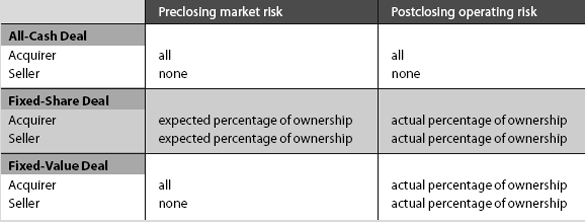
If you’re looking for ways to increase your profits, you need to start paying attention to your profit margin. Your profit margin determines how much money you make from your sales. This number is determined by subtracting total expenses from total revenue and dividing that figure by total revenue.
Profit percentage is similar to markup percentage when you calculate gross margin. This is the percentage of the cost that you get as profit on top of the cost. Adobe shows higher revenues of $2,250,000 and higher net profits of $280,000 in its income statements than Oracle, with revenues and net profits of $1,000,000 and $140,000, respectively. But, on calculating both companies’ profit percentages, Oracle outperforms Adobe with a profit percentage of 14% for Oracle and 12% for Adobe. Hence, Mr. Wayne should select Oracle based on profit percentage for fund allocation.
- Learn more about how you can benefit from our management expertise.
- As a business owner, it’s important for you to understand how to calculate your profit margin.
- Due to the high level of competition in the clothing industry, this percentage can be as low as 2%.
- For one thing, it reduces the amount of money left on the table for customers willing to buy at different price points.
This is a simple way to attract new customers who would not have purchased a specific item at a higher price. If you run a commodity or service business, you can charge based on usage. Usage-based billing is popular among utility providers and is gaining traction in the SaaS space. Knowing which pricing models work best in your industry can simplify product pricing and give you confidence that you’re not just guessing.
A formula for calculating profit margin
In any case, your Profit Margin can never exceed 100 percent, which only happens if you’re able to sell something that cost you nothing. InFlow and our advertising partners use tracking to provide personalised offers to give you the full experience. This includes sending you “Targeted Messages on 3rd Party Advertising Platforms” as described in the Privacy Notice.
15 Best Property Management Accounting Software in 2023
Content
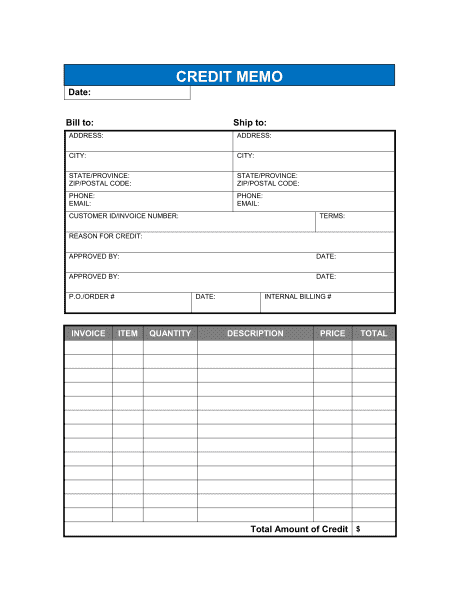
Starting from $10, WegoWise is priced economically, commonly offers a free trial and is most applicable for midsize businesses of 101 to 1000 employees. Arcori PM is a rising software platform not yet ranked among all Property Management Software. Starting from $15, Arcori PM is priced affordably and is most applicable for businesses large and small. OnSite Property Manager is an up-and-coming software system not yet ranked among all Property Management Software. Starting from $6.95, OnSite Property Manager is priced at a low cost, offers a free trial on occasion and is most applicable for any company. The Property is a rising software solution not yet ranked among all Property Management Software.
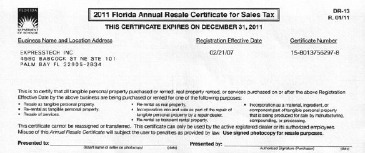
Here is a glimpse of how digitalization is revamping the real estate industry. When you’re looking for property management accounting software to simplify your job and improve your business, look at Propertyware. But picking the right rental property accounting software can also prove troublesome due to the many options available in the market. Adding the right software to your business can be like adding Shaquille O’Neal to the Orlando Magic for the ‘92 season. It’ll not only help you defend by automating bookkeeping but also be aggressive by uncovering unnecessary expenses and growth opportunities. An online version with a mobile app is becoming favored because it doesn’t require software updates and provides access to company finances from anywhere in the world.
Best Property Management Accounting Software in 2023
Its lowest plan begins at $20 per month for up to 10 units and then $80 for up to 100 units per month. Instead of a per-unit pricing model or flat fee, they use a per-unit model with a monthly minimum. https://kelleysbookkeeping.com/ The only caveat to their pricing is that they’re designed for portfolios of 50 or more units. Rentec Direct is a long-time player with all-around solid features, a mobile app, and multi-user access.
- Stessa is a digital platform for property investors to manage, monitor, and communicate the performance of real estate assets.
- Powerful and easy-to-use property management software to help manage and grow your portfolio from anywhere.
- Unlike financial statements which are static records, Reports are dynamic real-time records that will update with current data every time you view them.
You can send recurring invoices for rental payment directly through QuickBooks Online. This feature ensures your tenants always know when rent is due and provides them with a direct way to pay what they owe monthly. QuickBooks Online will ask for a company name when you begin, so although you won’t have to register this name, you’ll want to make something up.
Five Benefits of Using Property Management Software
This might not be an option for every vacation rental host since keeping an accountant on retainer is a notable expense. Still, those who have larger vacation rental businesses or aim to scale their businesses can absolutely benefit from hiring a skilled accountant to keep their finances in order. Accounting characteristics featured in current bookkeeping software, such as online payments, smartphone applications, and receipt capturing, are among the general functions. We also look to see whether the software is a double-entry system, which means it keeps account of both assets and liabilities, as well as revenue and expenses.
- There are many accounting software programs on the market that cater to vacation rental businesses.
- The customer support staff is also praised for their knowledge of all features, including the latest upgrades.
- Other cool features from the Stessa accounting software app includes rental reports and a mortgage portal for those looking to explore their financing options.
- They may also be used to manage other aspects of a property’s operations, such as housekeeping, maintenance, and event planning.
- MRI is “property management software that works for you.” It has accurate, timely financial reporting that can be integrated with property management.
- MRI’s property accounting solution is a well-integrated system, equipped with powerful automation tools that streamline accounts payable and vendor payment processing.
You can collect rent, handle bills, and categorize transactions moved from your bank account using the accounting functions. For more experienced accountants, there is also a capability to record general diary entries. Buildium offers basic financial statements such as a balance sheet, income statement, and statement of cash flows, as well as a variety of reports that break down your activities per property. The best five Best Accounting Software For Rental Properties Of 2021 accounting software for real estate enterprises, such as property management companies, real estate brokers, and landlords, have been recognized. Property management accounting allows property owners and landlords to track income and expenses from their rental properties. DoorLoop is a powerful all-in-one property management software that is easy to use and stands out from many of the other options on the market.
What happens to depreciation when selling a rental property?
PROMAS has an elaborate pricing plan that starts with $30 per month per user. The price of the license varies depending on the license size, number of users, setup fee, and monthly hosting fee, among others. Innovative work order management that allows property management teams to set priority levels to service requests.
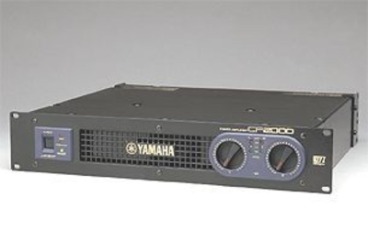
Once rent is received from the tenants, it needs to be disbursed to the property owners. This money should be kept in its own account and separate from any account that is used to pay expenses. Any money also received from the owners for the work you’ve done should be put into your own account. QuickBooks lacks this type of account management and is why it can be difficult to manage multiple properties using QuickBooks.
Process invoices
It’s capable of managing complex accounting processes, minimizing workload, and eliminating the need for third-party accounting software. Tenants set up recurring ACH payments through the software, and the income is automatically tracked. One of the key benefits of having a digital bookkeeping system is the ability to gain a nuanced and detailed oversight of your portfolios financials. With this data, you can identify points of weakness in your rental business and improve your profitability. Having an online rent collection system like this in place also gives greater clarity for both parties as they can both review historical and upcoming payments. Collecting rent is a major part of being a landlord, your income needs to cover all of your expenses and generate a little extra to make this a feasible business.
What type of business is best for rental properties?
Generally, an LLC is typically better for rental properties than an S corp. However, both offer: Liability protection for the owners. The chance to avoid double taxation by being taxed as a partnership.
Accounting Period: What It Is, How It Works, Types, Requirements
Content
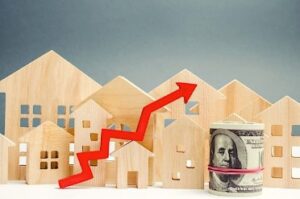
Because business activities do not cease or drastically change when one accounting period finishes and another begins. Accounting periods are created for reporting and analytical purposes, and accrual accounting allows consistent reporting. According to the Accounting Period Concept, accounting activities should be separated into smaller intervals to measure business performance. One year is the standard accounting time for reporting the performance of the business to outsiders.
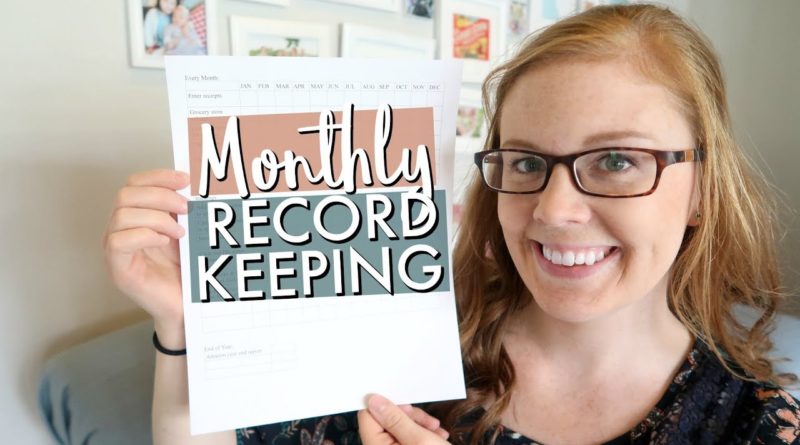
Accordingly, Sage does not provide advice per the information included. These articles and related content is not a substitute for the guidance of a lawyer , tax, or compliance professional. When in doubt, please consult your lawyer tax, or compliance professional for counsel.
Accounting Period Activities Run in Sequence
They can also use accounting periods to compare the performance of two or more companies during the same period of time. The cash flow statement discloses how well an entity generated cash to fund its operating expenses, settle its debt obligations, and fund its investments during the reporting period. A fiscal year sets the start of the reporting period to any date, and financial data is aggregated for a year after said date. For example, a fiscal year beginning November 1 would end October 31 of the following year. The fiscal year should ideally end on a date when there is a low business activity. At this point, there are usually fewer assets and liabilities to be audited.
Xhibit 1 below shows the normal activities of the accounting cycle across one accounting period. Use Wafeq to manage your accounting and to keep all your expenses and revenues on track, plus manage payroll and inventory, and generate over 30 financial reports from one place. The revenue recognition principle is a key accounting theory utilized in the accrual method of accounting. Although the company may alternatively desire to sum up accounting data by quarter , half year , or a whole fiscal year, this specifies that the accounting period is the month . The concept of an accounting period is used to segment the life of a business into equal pieces. However, this is not obligatory and many businesses choose to end their year on March 31st and begin a new fiscal year on April 1st.
Accounting year – What is an accounting year?
The depreciation and consequent spreading of expenses across several periods, using the depreciation example from earlier, better align the usage of fixed assets with its capacity to produce income. According to the matching principle, a cost must be recorded during the same accounting period as the income it produced. Accounting Period Definition Where a company’s accounting period straddles a financial year in which the corporation tax rate has changed, the company’s profits for that period are split. At the end of the accounting period, the revenue accounts are totalled and the balance, positive or negative, transferred to the profit and loss account.
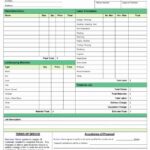
To disable the feature you must delete all created accounting periods. Today, of course, journals and ledgers usually exist as software and data in electronic accounting systems. Bookkeepers still make transaction entries, of course, but other individuals also contribute entries as well.
Subscribe to our Sage Advice Newsletter
Add accounting period to one of your lists below, or create a new one. Stations built or rebuilt in a particular accounting period pay the player double freight rates for everything they purchase in that period. However the beginning of the accounting period differs according to the jurisdiction. Arms expenditure regarded as intermediate consumption could, according to this accounting treatment, only refer to sales or exports in a different accounting period.
What is an accounting period of 12 months called?
A Fiscal Year (FY), also known as a budget year, is a period of time used by the government and businesses for accounting purposes to formulate annual financial statements and reports. A fiscal year consists of 12 months or 52 weeks and might not end on December 31.
The time period assumption provides the stakeholders with the reliable and relevant financial information to make reliable business decisions in a timely manner. For example, a business may choose a fiscal year from Feb. 1 to Jan. 31 or observe a week fiscal year, where each year rotates between being 52 or 53 weeks long. If a business wants to select the fiscal year for tax reporting, they can do so by submitting their first income tax return observing that tax year. Usually, the accounting period follows the Gregorian calendar year that consists of twelve months starting from January 1 to December 31. Internally, the accounting period is considered to be a month or a quarter while externally it is for a period of twelve months. The International Financial Reporting Standards allows a 52-week period , instead of a full year, as the accounting period.
The model lets you answer “What If?” questions, easily and it is indispensable for professional risk analysis. Modeling Pro is an Excel-based app with a complete model-building tutorial and live templates for your own models. The complete, concise guide to winning business case results in the shortest possible time. For twenty years, the proven standard in business, government, education, health care, non-profits. Accounting Periodmeans a calendar year unless another twelve-month period is selected by a fiduciary.
How long is an accounting period?
In financial accounting the accounting period is determined by regulation and is usually 12 months. The beginning of the accounting period differs according to jurisdiction. For example, one entity may follow the calendar year, January to December, while another may follow April to March as the accounting period.
It means that the better the company performs, the more money they will build for retirement. Nevertheless, a majority of companies worldwide end their fiscal year accounting periods when the calendar year ends, on 31 December . The matching principle is a fundamental accounting theory that pertains to the usage of an accounting period. According to the https://quick-bookkeeping.net/ matching principle, costs must be recorded within the same accounting period as the related revenue. Reporting and analysis are the two main reasons why accounting periods are set up. Theoretically, a corporation aspires to expand consistently over the course of accounting periods in order to demonstrate stability and a view of long-term profitability.
Accounting Services and Bookkeeping Services Outsourced Expertise
Content
Our unique combination of specialist skills and industry information implies that we’re continuously offering new thoughts and added worth of real value. We connect with our valued customer in the most respectful and helpful way. Our expert’s team is structured to fulfilling your demands beyond your expectations of quality services.
Accounting is the service that is of vital importance for any company as no company can escape the financial and tax statements. An accountant is a middle person between the business and the authorities, who knows everything about norms and regulations accepted in this or that area and industry. Feel free to reach out the Front Desk Helpers accountant to get your company run smoothly and steadily. Accounting services of your company can be easily outsourced to the third party that can specialize in different areas depending on the industry type. Outsourcing is more profitable than hiring one or several accountants into the company staff and you can find a professional in any particular field. Any business can be improved – sometimes it just takes an external professional to identify weaknesses or to improve on strengths.
Best Online Bookkeeping Services (
Your company’s needs are always in flux, so we don’t blame you for wondering if an outsourced partner could keep up. Ignite Spot manages the constants and the curveballs, but we also handle your monthly, quarterly, and annual calendar of activities. Bench does your bookkeeping and taxes for you—so you can focus on running your business.
- Here’s a list of small business tax deductions commonly available to entrepreneurs.
- How much can bookkeeping and accounting really help your business?
- Some other products either only integrate with QuickBooks or use proprietary accounting software, which makes it difficult to switch accounting services down the road.
- Your Bench bookkeeper works in-house, and they’re backed by our in-house research team to provide you with informed answers to complex questions.
We have extensive experience in most types of businesses and we offer consulting services to improve your profitability and minimize your taxes. The Income Tax legislative documents have many tax planning opportunities and even more tax vulnerabilities. We will help your company navigate the tax confusion and ensure the combined personal and corporate taxes you pay are minimized. Whether you have a corporation, proprietorship, or other business interest, you have to file an income tax return.
Common bookkeeping services include:
We recommend Front Desk Helpers highly and look forward to many more years of doing business with. Consulting and advice on government programs to support entrepreneurship and small and medium-sized businesses. Choice of taxation system, benefits and tax planning and accounting aid. No tax filing or accrual basis accounting, even as an add-on service. Rates for accounting and bookkeeping services are charged by the hour. What’s more, outsourcing to an accounting firm gives you access to a team of experts-not just one person to deal with one kind of task.
What is the difference between accounting services and bookkeeping services?
Bookkeeping is a transactional and administrative role that handles the day-to-day tasks of recording financial transactions, including purchases, receipts, sales and payments. Accounting is more subjective, providing business owners with financial insights based on information gleaned from their bookkeeping data.
Companies often neglect the time spent on looking for a professional Accountant. Time that might be better invested in less ACC 300 week2 Individual Equation Individual Accounting Equation costly but more efficient processes. We shorten your cash cycle and manage your invoicing and customer interactions.
ACCOUNTING SERVICES CPA FIRMS
Small business bookkeeping services are our specialty here at Ignite Spot. Our small business bookkeepers will enable you to focus on running your business while we keep track of the numbers. For the ultimate convenience, our virtual bookkeeping service is available online, making it easy for you to access your financial information from anywhere, at any time. Our monthly bookkeeping plans ensure that your books are always in order, while our one-time cleanup services are there when you need a fresh start. Accounting services help increase your profitability by improving the efficiency of all accounting tasks such as payroll, taxes, invoicing, accounting, and more. These services can be outsourced to a third-party accounting service provider or managed in-house with an accounting team.




















